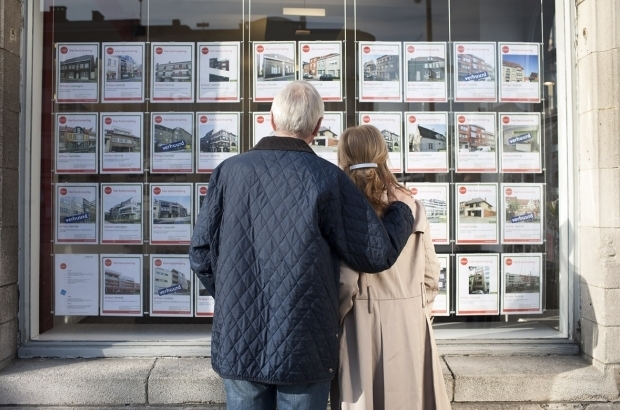- Daily & Weekly newsletters
- Buy & download The Bulletin
- Comment on our articles
Belgian property purchasing power drops 22%, says Immoweb study
Belgian residents are finding it harder to buy property, according to a new study published by property website Immoweb.
The report found that, since January 2022, their purchasing power has decreased by 22%. This is due to the steep rise in interest rates coupled with continuing high property prices.
This means that more households are not able to find the budget necessary to buy the home of their dreams. Some people give up and others do not aim as high, turning towards smaller, sometimes much smaller, houses or flats.
This drop in purchasing power has been translated by Immoweb into square metres. In short, a couple without children earning an average income could afford 114m² worth of property in January 2022, but only 89m² worth today. This is some 25m² smaller – the equivalent of two bedrooms.
Immoweb economist Jonathan Frisch said that this reduced spending ability was a double penalty for those who want to get a foot on the property ladder.
"On the one hand, we have rising interest rates on mortgage loans," he said. "We had an interest rate of around 1.5% in January 2022. Today, we are close to 4%.
"Of course, this has a big effect on what we can spend. But on top of that, in Belgium, we have not really had any price corrections, while real estate prices have continued to increase.”
Indeed, in one year, prices have gone up by 2.9% in Belgium, with the average price per square metre now at €2,300.
However, the country still fares well compares to its neighbours, as it has more affordable real estate prices.
In Germany, despite a drop in property prices, the square metre cost is considerably higher at €3,073, with France the most expensive, with residents needing to pay €3,171 per square metre when choosing a new home.
Similarly, where, on average, a Belgian household would have enough funds to afford a home of 89m², in Germany and France it would only be about 58m² and 53m² respectively.
In general, the study found that the borrowing capacity of European households has decreased by 15% to 30%, depending on the country.



















